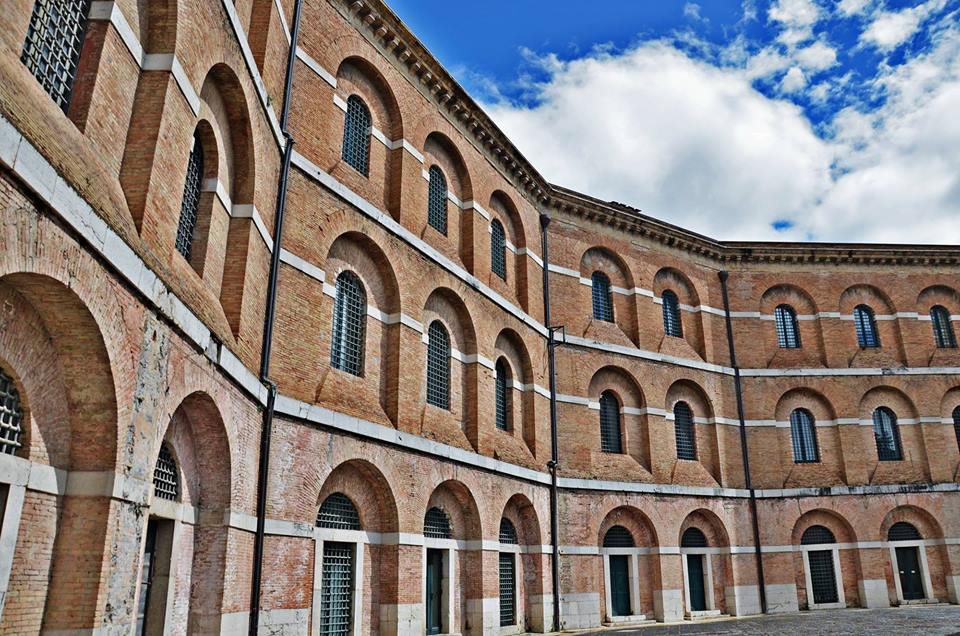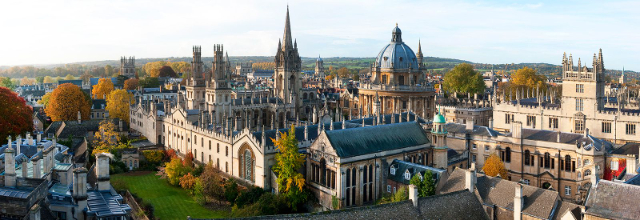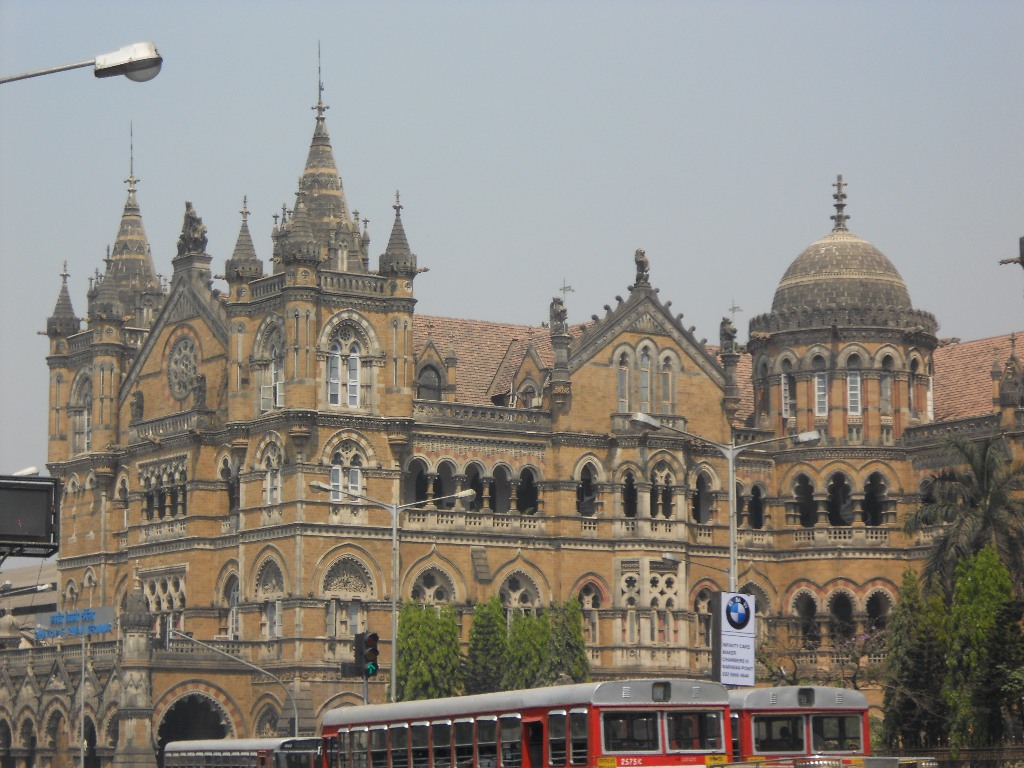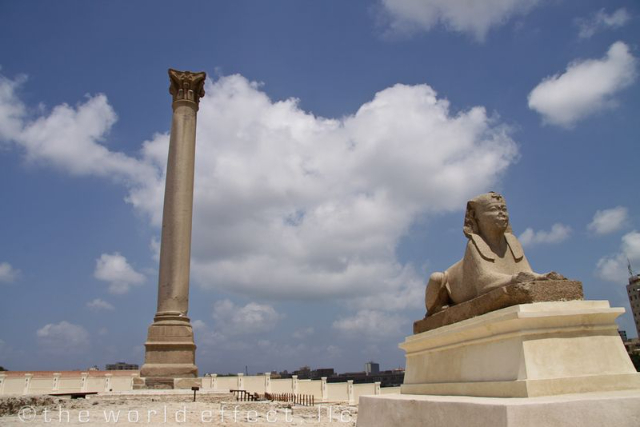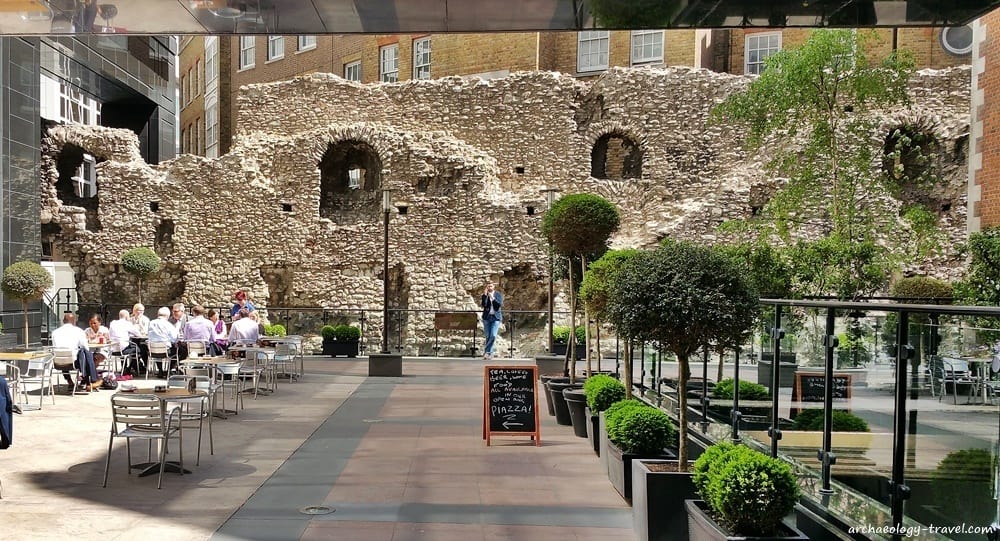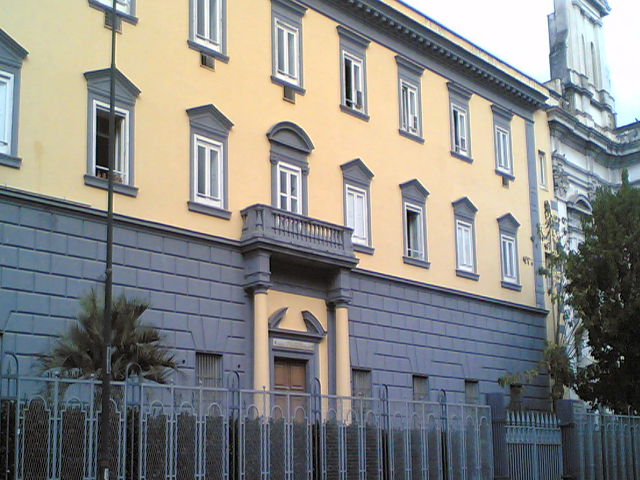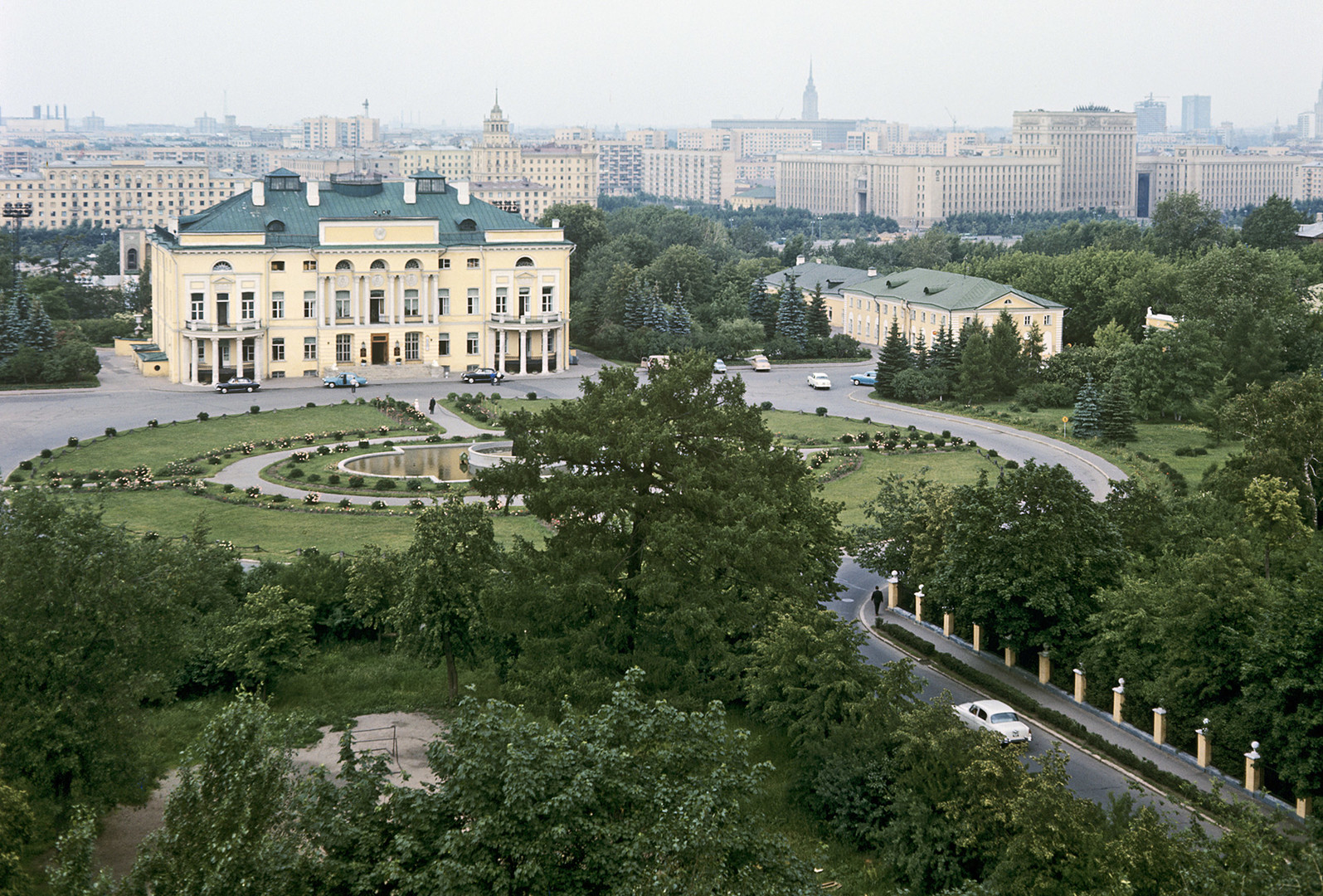The Bourbon Prison Monumental Complex is a charming place that alone is worth a visit. The city walls conceal one of the first examples of a prison structure inspired by the Enlightenment. The construction began in 1827, in 1837 the central building was completed, in 1839 the drawbridge that allowed the crossing of the moat was mounted, in the 40s, finally, the construction of the remaining rear pavilions was started, connected to form the characteristic hemicycle.
The complex, on a hexagonal plan, consists of five arms distributed in a radial pattern, used for prison detention; the main building, where the director’s offices are located; the tholos, a central body of circular shape used as a chapel and as a connection point between all the pavilions; the courtyard.
The structure remained functional until 1987, in spite of the structural damage caused by the earthquake; having escaped the danger of demolition, it has undergone an overall recovery, in full compliance with the criteria set out in the restoration papers.
From the patrimonial point of view, the Provincial Administration of Avellino owns the three pavilions to the north (former arms for male detention) and the annexed spaces; while the other two pavilions, the former command building, the tholos and the garden are owned by the State Property Office, which assigned them to the Ministry of Cultural Heritage and Activities and Tourism.
Currently, the pavilion, used in the past as an infirmary, is the seat of the BAP and BSAE Superintendences of Salerno and Avellino; the former command building is the seat of the Archaeological Superintendence of Sa-Av-Bn-Ce and the pavilion for women’s detention is the seat of the State Archives of Avellino. The Bap Superintendence of Sa and Av has the management of the tholos, exhibition halls and gardening areas and, in implementation of the Ronchey Law, is in charge of the concession; on the basis of art. 102 of Title II, which deals with the enjoyment of places of culture, aware of the monument’s potential, it opened its doors to the city on the occasion of important events promoted by public and private bodies.
